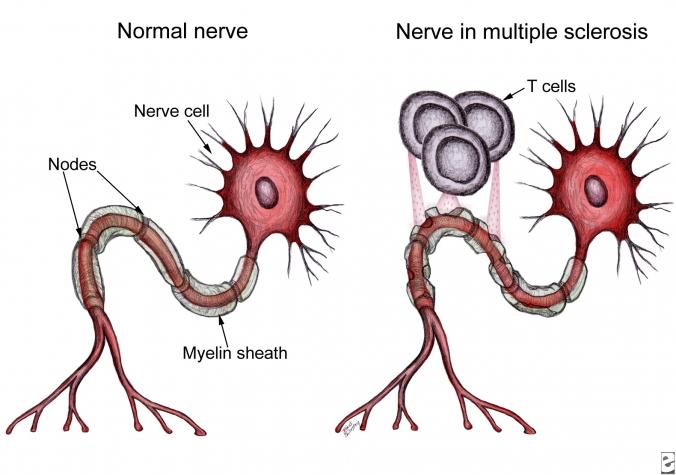A statistical tool is a mechanism used to make comparisons between specific numerical data. For instance, a statistical tool can be used to determine the extent of a particular condition in an area. On the other hand, there is a working definition adopted for epidemiology as the study of the allotment and changes in health issues, their root causes and how they affect the population in that particular place. This helps much with the handling and possible prevention of health related risks.
In the CDC web site, there are a number of statistical and epidemiological tools that add much value to this site, both for usability and performance purposes. There are many tools that are used to add functionality and use of a website. These tools add the usability of a given website. The tools can be dynamic or static or much emphasis is given to dynamic tools. Some of these tools include manuals and resources used in making evaluations on the health status and issues that concern populations, data collection methods and resources, basic evaluation websites and affiliations with other health organizations that do health research and statistics (Centers for Disease Control and Prevention, 2012).
For instance, in explaining the cost of violent deaths in the United States, CDC uses charts and maps as the main statistical and epidemiological tools to present this information in a precise but clear and comprehensive manner. Use of surveys is also evident from the company’s Asthma callback survey carried out by the state in 2008 (Centers for Disease Control and Prevention, 2012).
Data and information on the statistics carried out by the World Health Organization is presented in the form of reports, charts and maps are used as supporting tools. The organization keeps a gallery of maps on the cardinal health topics explored, and to be explored and a database of all reports generated from such research (World Health Organization, 2012). The WHO integrates the Global Health Observatory reports in generating its data on significant health issues affecting specified populations, making its report and data analysis competent and up to the standards.
In presenting reports of the World Health Organization, the Global Health Observatory System uses the maps and analyses them at a country level to ensure accuracy of the final data as regards the target population. The GHO system does this competently, accompanying the reports with map extracts to support the survey and statistics presented in tables, charts and graphs (World Health Organization, 2012).
The WHO also has a data repository, a system that allows for partitioning of data in a system, to accommodate many databases that contain diverse information and reports. It may be logically done or physically, depending on the platform at which is being operated and the company preferences. Health reports on various subjects and the financial reports of the company are some of the databases that can be kept together in a data repository (World Health Organization, 2012).
The WHO’s data repository is provided for by GHO and allows access to so many databases on highly profiled and researched on health topics. Some of these include the controversial topics, especially as concerns treatment and healing; HIV/AIDS, TB, Pregnancy and Child birth among others. To add on this, GHO profiles the health statistics done on the member countries of the WHO. In general, all tools are used to increase the usability of the websites in which they are situated. All in all, the tools that are represented on the websites add one functionality or another.






